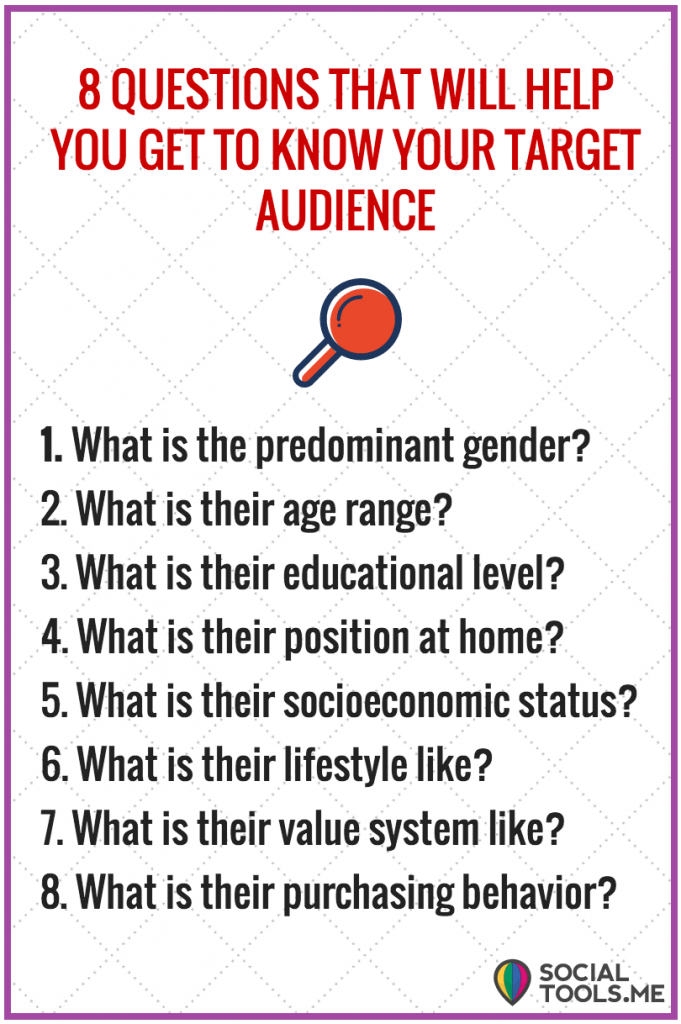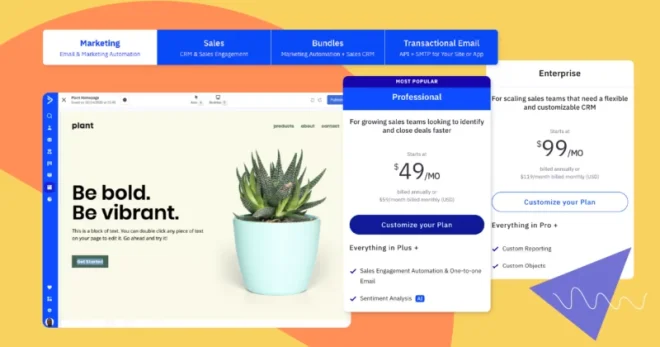State-of-the-art website design created by highly appreciated experts is not sufficient if you wish to truly improve your business performance. You also need high quality and valuable content to attract visitors and demonstrate your long-term viability.
Nevertheless – it cannot be any content. You need to think about it strategically, facilitate your target audience to find your site, and let them discover the brand story.
If you limit your activities to artistic or adventurous content exclusively and not use proper search phrases, your website might not show up in Google search results.
On the other hand – if you go for too dry or too search engine optimized content, it will be neither engaging nor pleasant for your audience to read.
In order to create consistent and engaging content, you need to follow the website content best practices such as:
- Understand your audience.
- Don’t overcomplicate.
- Use various media.
- Make your Call To Action (CTA) clear.
- Take care of SEO (but don’t fixate on it).
- Use keywords in headings.
- Use external links.
- Educate readers before pushing for sales.
- Facilitate reading.
- Make your content scan-friendly.
- Keep your content inventory and of high quality.
Make your sections smartable and let go of mundane manual tasks with Smart Sections! An easy way to manage bulk changes.
1. Understand your audience
It is the primary rule that makes an imprint on each and every following one. When you create content, your audience should always be at the top of your mind. By using appropriate content types and topics, you should provide the visitors with the answers they need.

2. Don’t overcomplicate
Guess what? Your audience are people. Not machines. Not dictionaries. Not Google translators. Instead of bragging about knowing the sophisticated language, write in a simple but professional way.
Don’t use the industry jargon if your model customer may not make a notion of it. Don’t use phrases taken out from Shakespeare’s poetry, as you won’t impress anybody and only irritate.
Instead, come up with simple sentences without much fluff. Try to be brief and use short but meaningful sentences. Since “the average reader only spends 37 seconds reading your content”, you don’t have much time to persuade them your brand is worthy of their time. And that’s why you should try to catch their attention quickly.
3. Use various media
Have you ever read a longish scientific work that consisted exclusively of blocks of text? How was it? Pretty tiresome, wasn’t it?
In the world of digital content, limiting yourself to lengthy blocks of text is like shooting yourself in the foot. Writing such content is arduous. Visitors don’t like it. No one reads it. Absolute disaster.
To avoid this catastrophe, you should tap into various forms of media like images, graphics, videos and infographics. It will make your content more appealing and engaging.
And since articles with visual elements get 94% more views, you should not neglect the importance of them.
5. Make your Call To Action (CTA) clear
If you want a specific action from your audience once they enter your landing page (built with a professional landing page builder) or a website, make your CTA straightforward, concise and understandable.
If you want your audience to sign up for a newsletter – write “sign up for a newsletter”.
If you want them to purchase – write “purchase”.
If you give them a demo for signing up – write “sign up for a newsletter and get a free demo”.

Don’t play riddles with your visitors and inform them what they subscribe to. No one likes undefined, shady moves.
6. Take care of SEO (but don’t fixate on it)
SEO is important. I will tell you this, digital marketing gurus will confirm this, probably even your friends and family will agree. Nevertheless, being SEO-obsessed is not advisable. And it can kill your site.
Keywords analysis and following the best SEO optimization practices are just as important. But you cannot fixate on putting high volume search phrases and keywords only, as it will make your content awful to read. Implement SEO, optimize SEO but don’t just get obsessed with it.
7. Use keywords in headings
Speaking of SEO, one of the key rules to follow to optimize your website is to use the most effective keywords in headings and subheadings.
Putting them in headings will facilitate you to appear higher in Google rankings. Consequently, it will bring a lot of organic traffic into your site.
8. Use external links
External links are one way that allows Internet users and search engines to discover meaningful content. They improve organic traffic, inspire trust and allow you to connect with other businesses.
Bobby Holland, founder of Bipper Media (SEO company) admits that:
Outbound links bring balance and authenticity to the overall SEO health of a page. (…) Outbound links help achieve authority in the same way when you reference the sources used in the creation of your content.
External links can strengthen a subject signal sent to Google, and make an impression that your website equals to the one you link to. Therefore, if you link to high-quality top-notch websites, you can easily improve your SEO.
Get 111 Landing Page Examples—The Ultimate Guide for FREE
9. Educate readers before pushing for sales
Imagine you enter a clothes shop for the first time and, all of the sudden, you find yourself surrounded by a dozen shop assistants trying to make you purchase clothes you have seen for the first time. Not exactly the ideal situation.
In other words, you shouldn’t do the same to the visitors of your site. If they come across it for the first time, don’t rub your hands thinking how much you can rip them off. Respect your customers and give them the time they need to make a decision.
Instead of pushing for sales from the very beginning, start by showing how you can help your audience. Provide visitors with related articles, engaging videos, or case studies to prove that they need your products or services. It will facilitate you to create long-lasting relationships with them.
10. Facilitate reading
As already mentioned, lengthy blocks of text are evil creatures. One way to eradicate them is to use visuals.
There are also other useful website writing best practices that will facilitate you to divide the text in a smart way and make it more digestible for the target audience, such as:
- bullet lists (like this one),
- points,
- headers,
- numbered lists.
All the above will make your text structure more ordered and tidy. And readers will definitely appreciate it.
11. Make your content scan-friendly
I’m sorry to break it to you but it is just a fact – “only 16 percent of internet users read an article word for word“. And the rest will only manage to quickly scan it (at best).
Truth be told, scannable articles are readable articles. You should display the most important information first as only a fistful of users will go further with reading. And they will probably just limit themselves to look at images and infographics.
12. Keep your content inventory and high-quality
If you have worked on your brand awareness following the web content best practices, and truly devoted loads of time into creating a state-of-the-art one, keep it inventory as it may attract more visitors in the future.
Once you create meaningful content, it can turn out to be beneficial in the future. As new heaps of potentially interested users will discover your business through the content you have published.
Have you ever heard of evergreen content? It’s the one that has no expiration date. Such content retains its value over the long-term. And it won’t end up in the Google graveyard once the topic becomes obsolete (like, for example, writing about petty political affairs).
All the above website content best practices will ensure that your creations are engaging, high-quality, SEO optimized and meaningful for your audience.
Content creation is essential these days, as it allows you to be discovered by new potential customers through organic search, social media or other channels. Make an effort to provide your audience with high-quality content, it will pay off in the near future.








